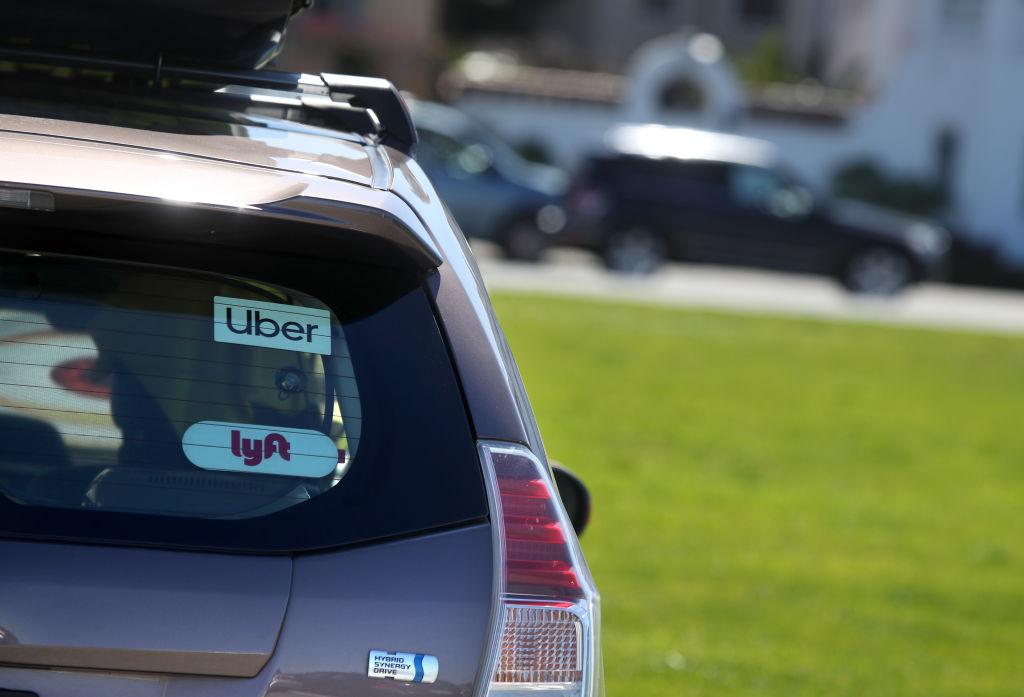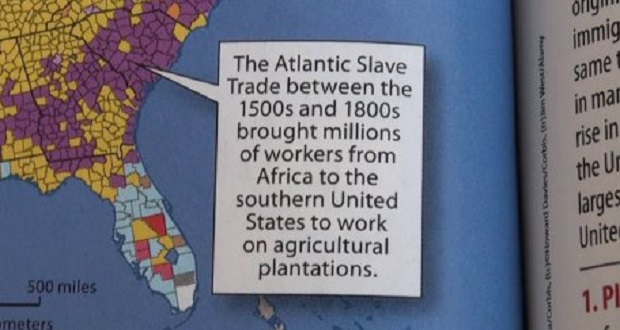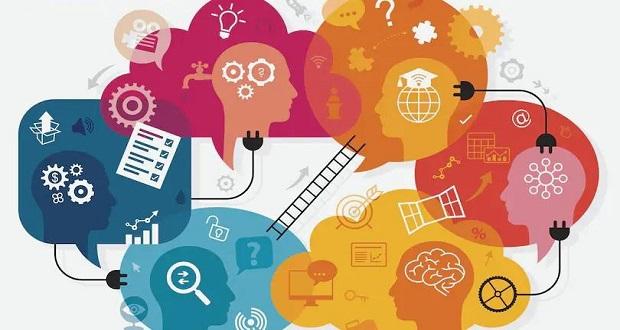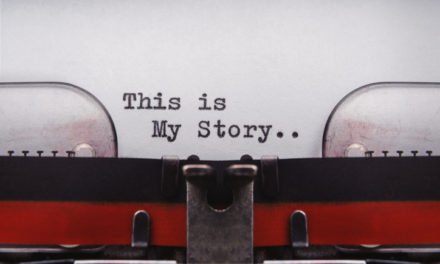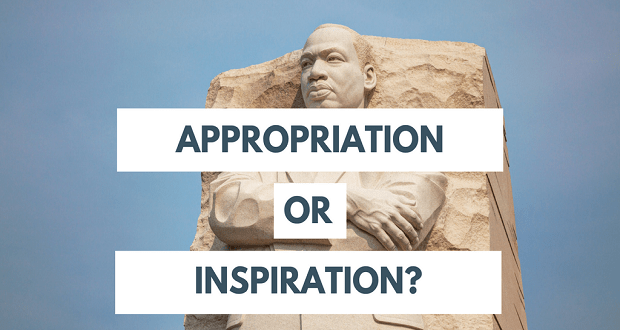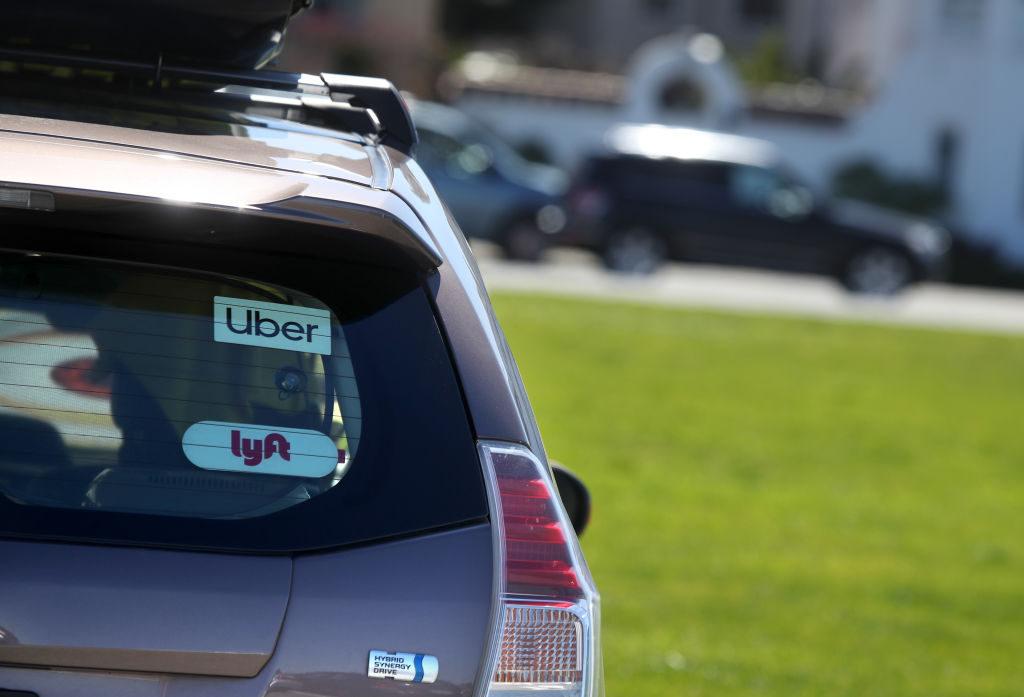
Last week, which happened to be the International Week of the Deaf, I called a Lyft to take me to a local event. I left my house, checked that the car matched the description, and climbed into the seat behind the driver. “How are you?” I asked them, more out of habit than anything else. I vaguely heard them reply, “How are you?”
“Good, thanks,” I said. Then, I settled into my preferred introverted rideshare silence, staring out the window. It wasn’t until several minutes later that I looked down and noticed a notification on my phone. “Your driver is Deaf or hard of hearing. Please text them instead of calling, and let them lead the way with communication,” it instructed me.
My heart leapt, and I immediately regretted the seat I had chosen; having taken some American Sign Language classes, I know that it’s essential when communicating via sign language that one situate oneself in clear view of the other person involved. Since I was already behind the driver, I stayed there, but considered what I would like to sign to them when we arrived at my drop-off location. Lyft also provides its riders with links to learn ASL signs for “Thank You,” and “Goodbye.” When we arrived, I got out of the car and signed “Thank you, good night,” to my driver, and they gave me a smile, signing back, “You’re welcome.”
Later, when I took a moment to Google the message I had gotten, I learned that Lyft has also partnered with the National Association of the Deaf (NAD) to deliver continued improvements for its hard of hearing drivers and riders. Uber has a similar program in place.
While initiatives like this shouldn’t be unusual, I was favorably impressed to learn about them, particularly because many Deaf and hard of hearing individuals face significant challenges seeking employment. Share on XWhile initiatives like this shouldn’t be unusual, I was favorably impressed to learn about them, particularly because many Deaf and hard of hearing individuals face significant challenges seeking employment; fewer than 40% are employed full-time, largely due to employment discrimination and the faulty assumption on the part of employers that Deaf or hard of hearing people will be unable to perform basic job duties due to their ability status. In a recent Inclusion Solution post, Jalen Sherald wrote about a Deaf couple who opened a pizzeria after being turned away from culinary school — highlighting both the barriers that many hard of hearing people still face, and their potential to accomplish just as much as anyone else when they have access to the resources to do so.
As the simple text I received from Lyft exemplified, particularly with the aid of modern technology, relatively minor adjustments and accommodations can make it very possible for those who are Deaf or hard of hearing to perform jobs just as effectively as hearing people. If you are unaware of what these accommodations might look like, please take a moment to read about some common examples that can facilitate success for hard of hearing individuals in the workplace and beyond.
With the aid of modern technology, relatively minor adjustments and accommodations can make it very possible for those who are Deaf or hard of hearing to perform jobs just as effectively as hearing people. Share on XWe owe it to this community to learn about their needs and abilities, and how we and our organizations can actively support and include them. I salute these ride-sharing companies for recognizing this truth, and making it happen. It is my hope that this initiative will inspire other organizations to consider how they might change their own procedures to be inclusive of the Deaf and hard of hearing community.
Take a moment to read about some common examples that can facilitate success for hard of hearing individuals in the workplace and beyond. Share on X
